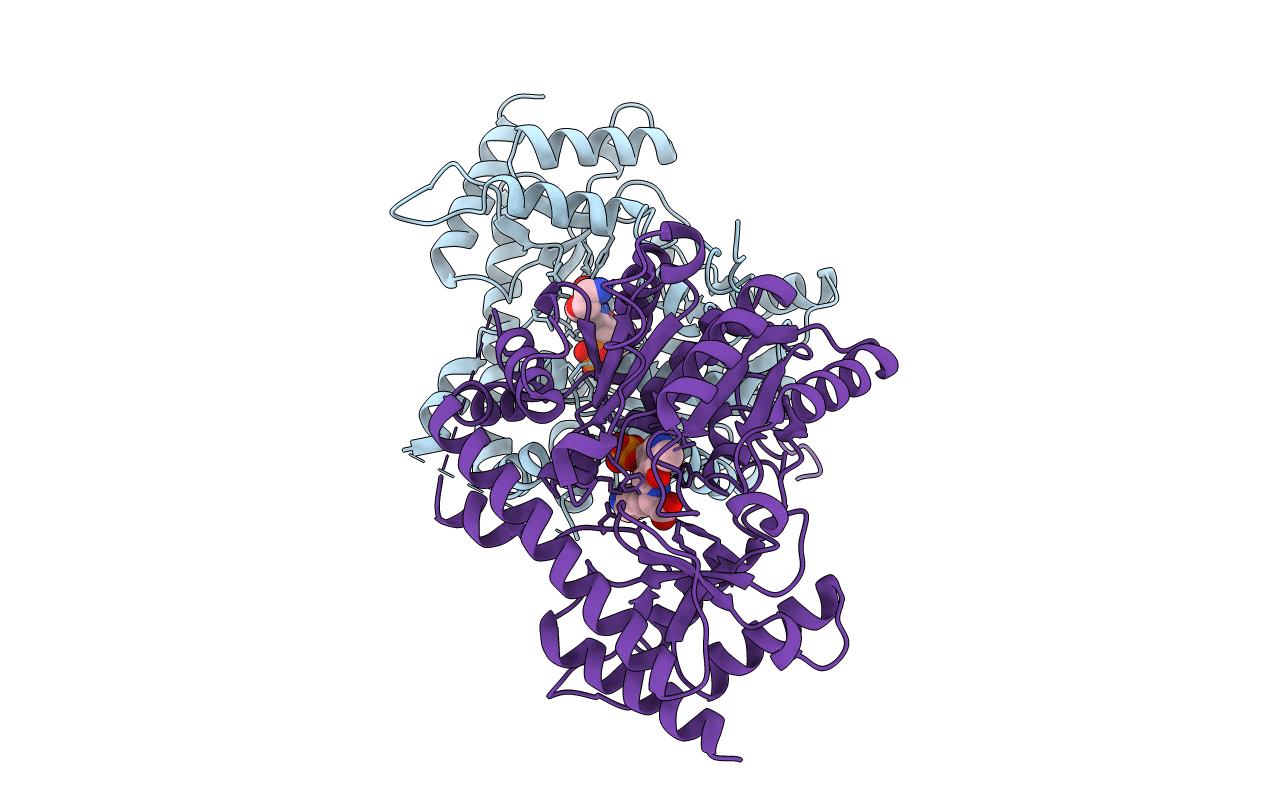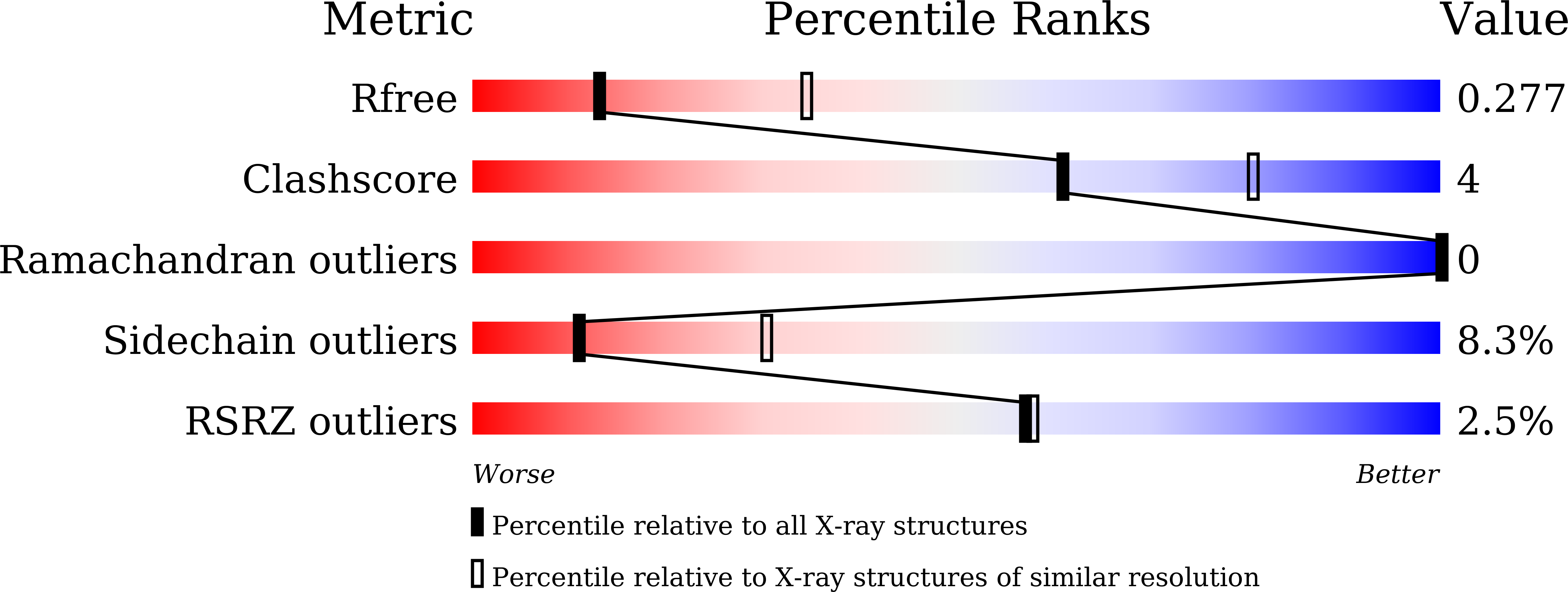
Deposition Date
2020-11-30
Release Date
2021-09-29
Last Version Date
2023-11-29
Entry Detail
PDB ID:
7DLY
Keywords:
Title:
Crystal structure of Arabidopsis ACS7 mutant in complex with PPG
Biological Source:
Source Organism:
Arabidopsis thaliana (Taxon ID: 3702)
Host Organism:
Method Details:
Experimental Method:
Resolution:
2.94 Å
R-Value Free:
0.27
R-Value Work:
0.22
R-Value Observed:
0.22
Space Group:
H 3


